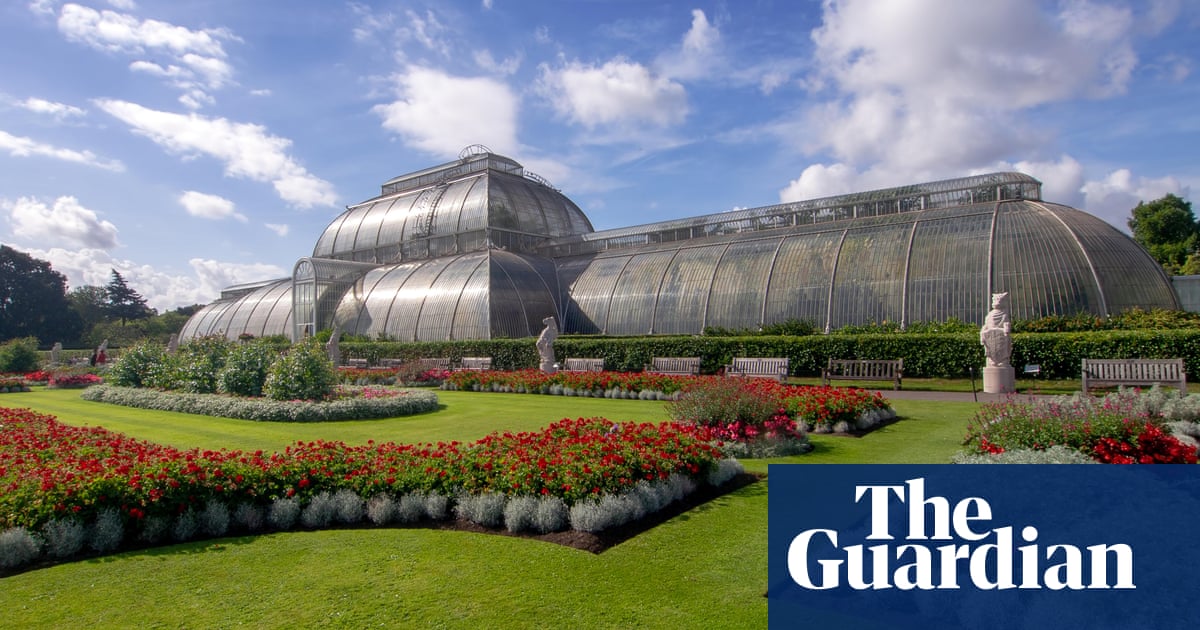Kew Gardens’ tropical Palm House to shut for five years for net zero makeover | Kew Gardens

It has been the tropical jewel in one of the UK’s most famous gardens for more than 175 years, and now the Palm House in the Royal Botanic Gardens Kew is to get a green makeover.
The attraction, which houses Kew’s tropical rainforest, will close for five years to allow engineers and botanists to transform it into the first net zero glasshouse in the world.
The £50m plan will result in 1,300 plants – including the world’s oldest potted plant, a gigantic Encephalartos altensteinii that dates from 1775 – being removed from the iron and glass structure and rehoused in temporary greenhouses until their new digs are ready. The plants include 45 plant species on the verge of extinction, and while some can be dug up and placed in containers for relocation, others will be delicately propagated.
The imposing Grade I-listed Victorian structure will have each of its 16,000 panes of glass replaced and recycled, while its soaring wrought-iron frame will be stripped, repaired and encased with a high-tech waterproof paint in the exact shade of white used when the Palm House was first opened to the public in 1848.
But perhaps the biggest change will be the replacing of the Palm House’s ancient gas-fired boiler system and leaky pipework with state-of-the-art air source and water source heat pumps.
According to the gardens’ accounts and annual report, Kew generated £369m for the UK economy in 2023. The renovation of the Palm House and its little sister, the Waterlily House, which account for more than a fifth of Kew Gardens’ carbon emissions, is part of its plan to become climate positive by 2030. Other carbon reduction changes will reduce energy use by 49% across the 200-hectare (500-acre) site.
Tom Pickering, the head of glasshouse collections at Kew, said: “At the heart of this project is the need to protect the extraordinary plant collections housed in the Palm House and Waterlily House. Besides being beautiful, many have cultural, scientific and conservation value, and replacing these collections is unimaginable. Achieving net zero in these historic buildings is an unprecedented task, it’s a complex challenge which must consider the interplay of horticulture, climatic control, engineering, and architecture.”
The redesigned interior of the Palm House will be more accessible and have more places for visitors to sit and wonder at the tropical rainforest collections. Planning permission for the project has been submitted, with funding coming from central government, the Julia Rausing Trust, the World Monuments Fund and other donors.
The renovation is likely to start in 2027, with the exact date dependent on planning permission and funding.
Source link






